A neighborhood has had major flooding, bringing both destruction as well as unexpected dangers such as large crocodiles in people’s front yards.
Unwelcome Guests

A flood has destroyed a neighborhood, leading to a river overflowing into nearby houses and causing destruction. This horrific event has not only displaced residents but also brought unexpected dangers… With large crocodiles ending up in people’s front yards.
Survival Stories Emerge Amid Chaos

The flood has led to some hectic survival stories. Residents have reported sightings of big crocodiles roaming freely in the floodwaters, forcing some to climb trees to escape! These terrifying sights highlight the double threat posed by natural disasters in regions where wildlife can become a sudden hazard.
Let’s look at the crocodiles physical features to further understand them…
Head
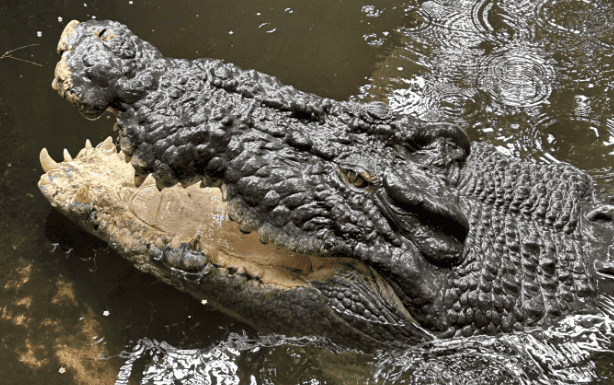
The crocodile’s head is large. It is adapted for catching and holding onto prey.
Eyes

The eyes are positioned on top of the head. This lets the crocodile see being submerged.
Nostrils

The nostrils are located at the end of the snout. This gives them the ability to breathe while nearly submerged.
Teeth

The teeth are sharp and conical.
Skin

The skin is tough and scaly.
Tail

The tail is muscular and powerful.
Legs

The legs are short but strong. The webbed feet help with swimming.
Claws
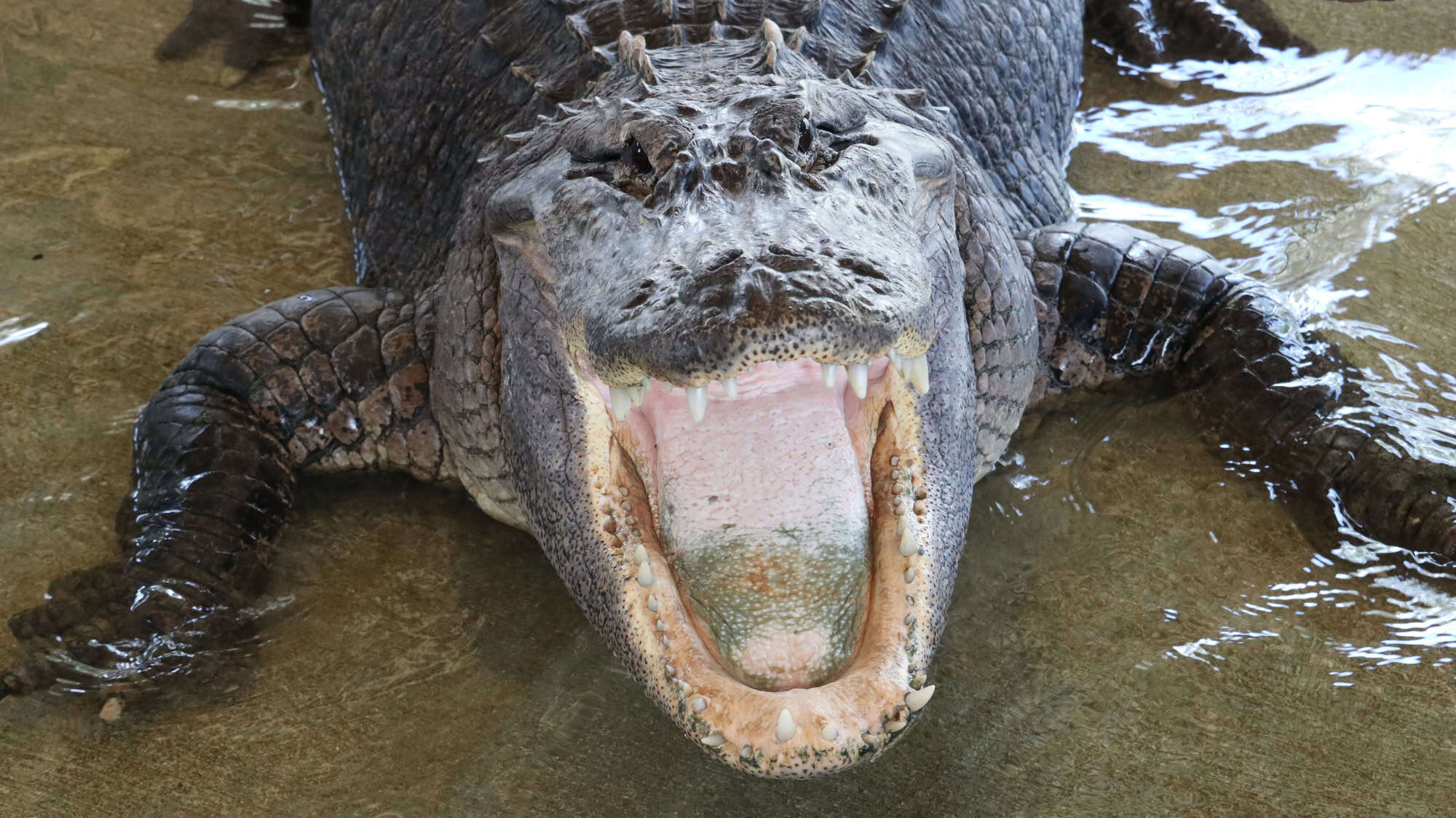
The claws are sharp and robust.
Back

The back is covered with bony plates called osteoderms, offering extra protection.
Belly

The belly is smoother and softer.
Jaws

The jaws are strong. Capable of exerting high pressure.
Tongue
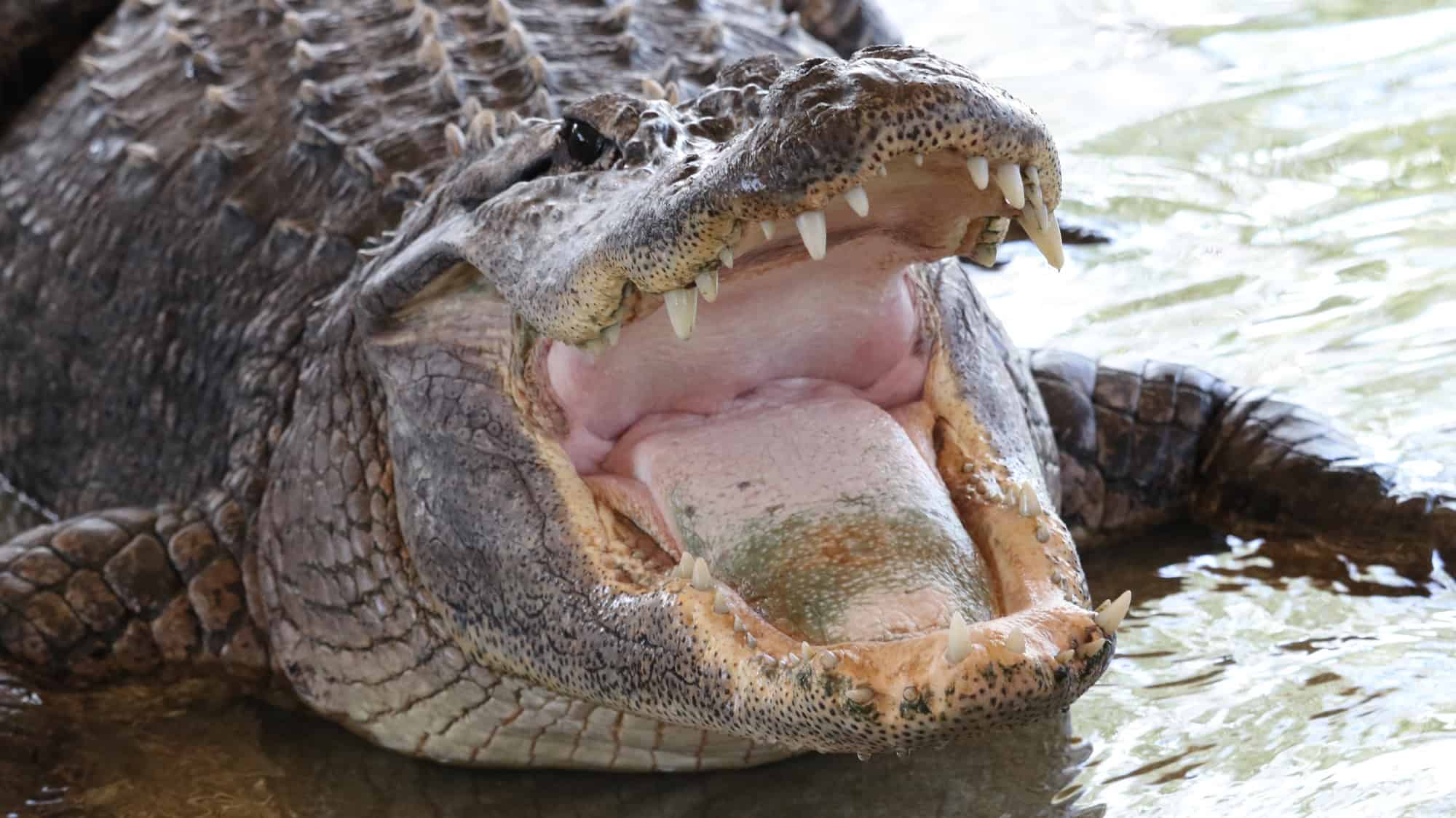
The tongue is fixed to the floor of the mouth and cannot move freely.
Ears

The ears are small slits located behind the eyes.
Sense Organs
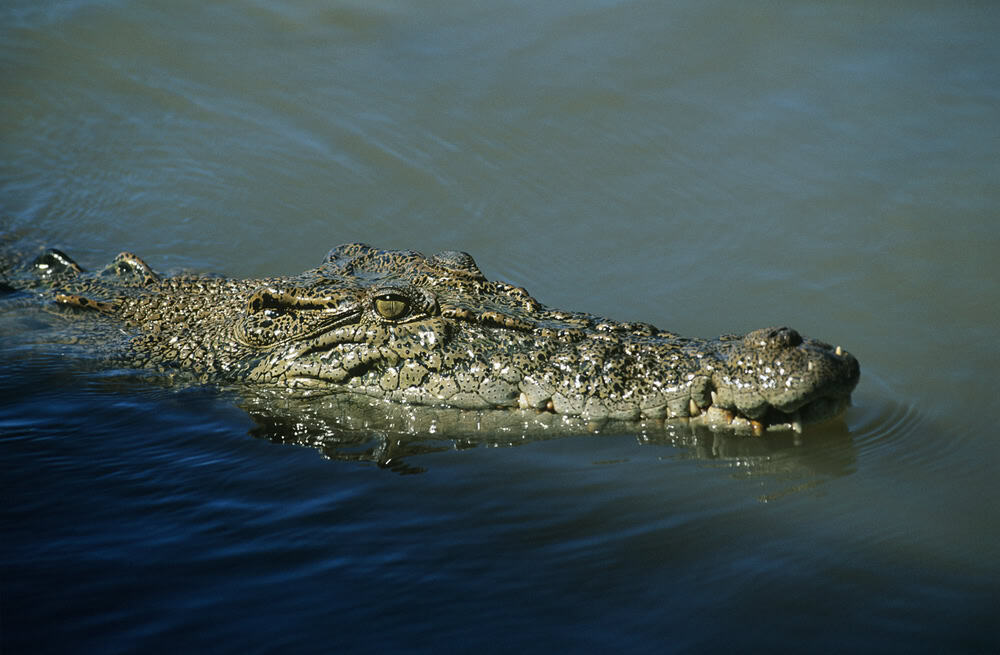
The crocodile has sensory pits on its snout that detect vibrations and changes in water pressure.
Coloration

The coloration is dark green or brown. Additionally, it provides camouflage.
Size

The size of crocodiles can vary, with adults reaching up to 7 meters in length.
Speed
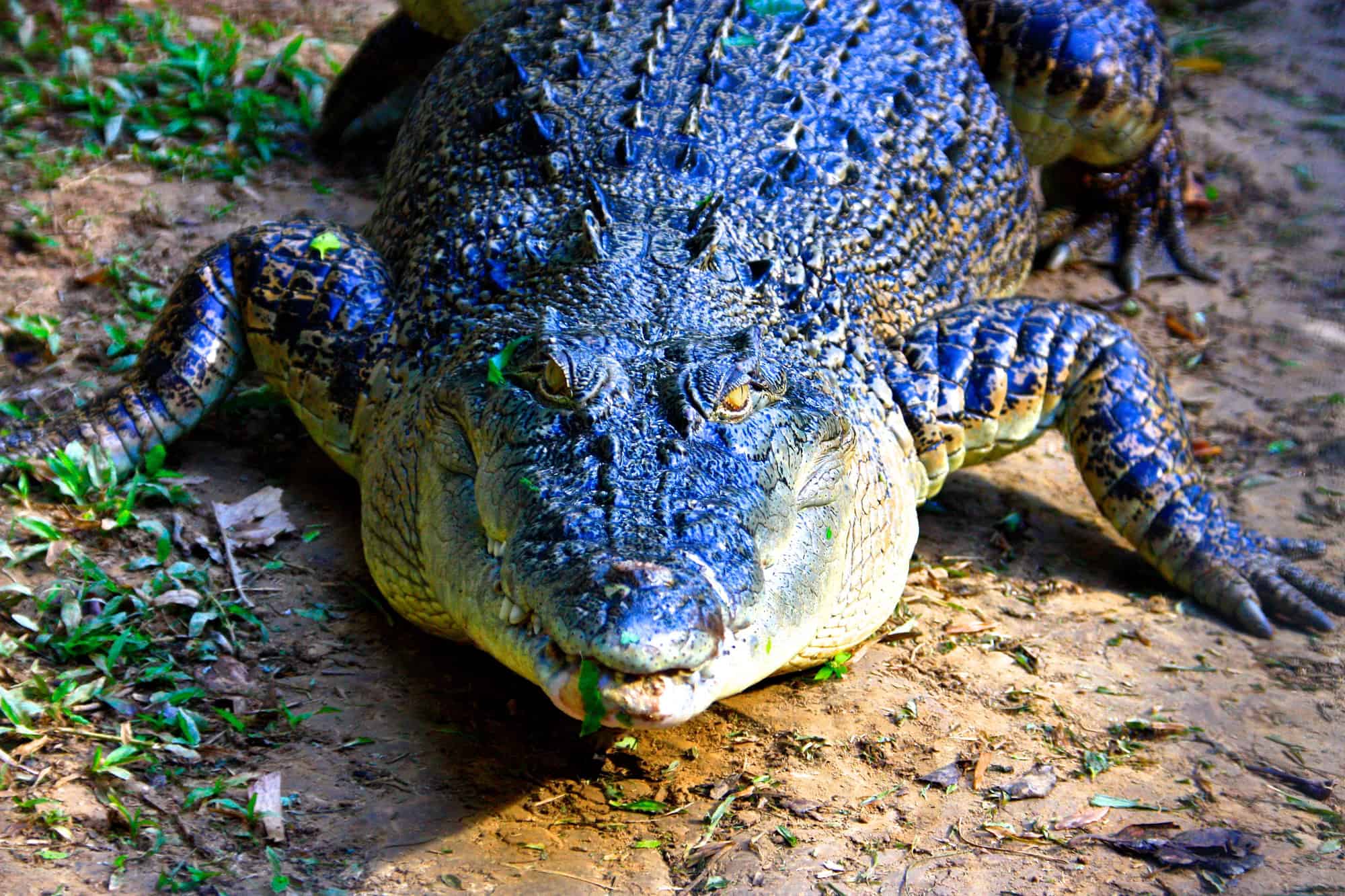
Crocodiles can move quickly both in water and on land.
Longevity

Crocodiles can live for several decades.
Wrap Up
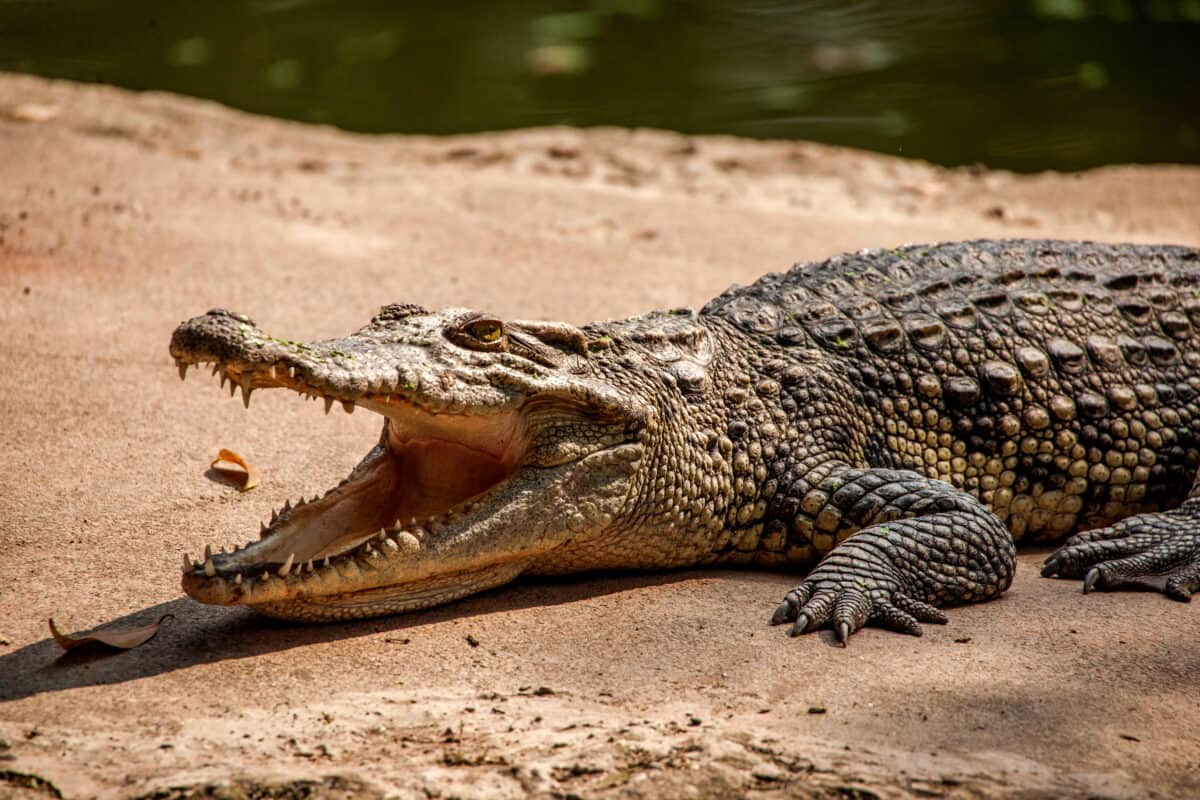
Overall, the flooding of this neighbourhood has brought about unprecedented challenges, with both the physical destruction of homes and the added danger of unwelcome creatures!
Thanks for reading along, for more, check out our related article link below!
Next up:
- Man Regularly Pats Great White! - July 2, 2025
- Discovering Georgia’s Fascinating Alligator Population - July 2, 2025
- Watch: Fascinating Unfolding of an Armadillo in Action - July 2, 2025
